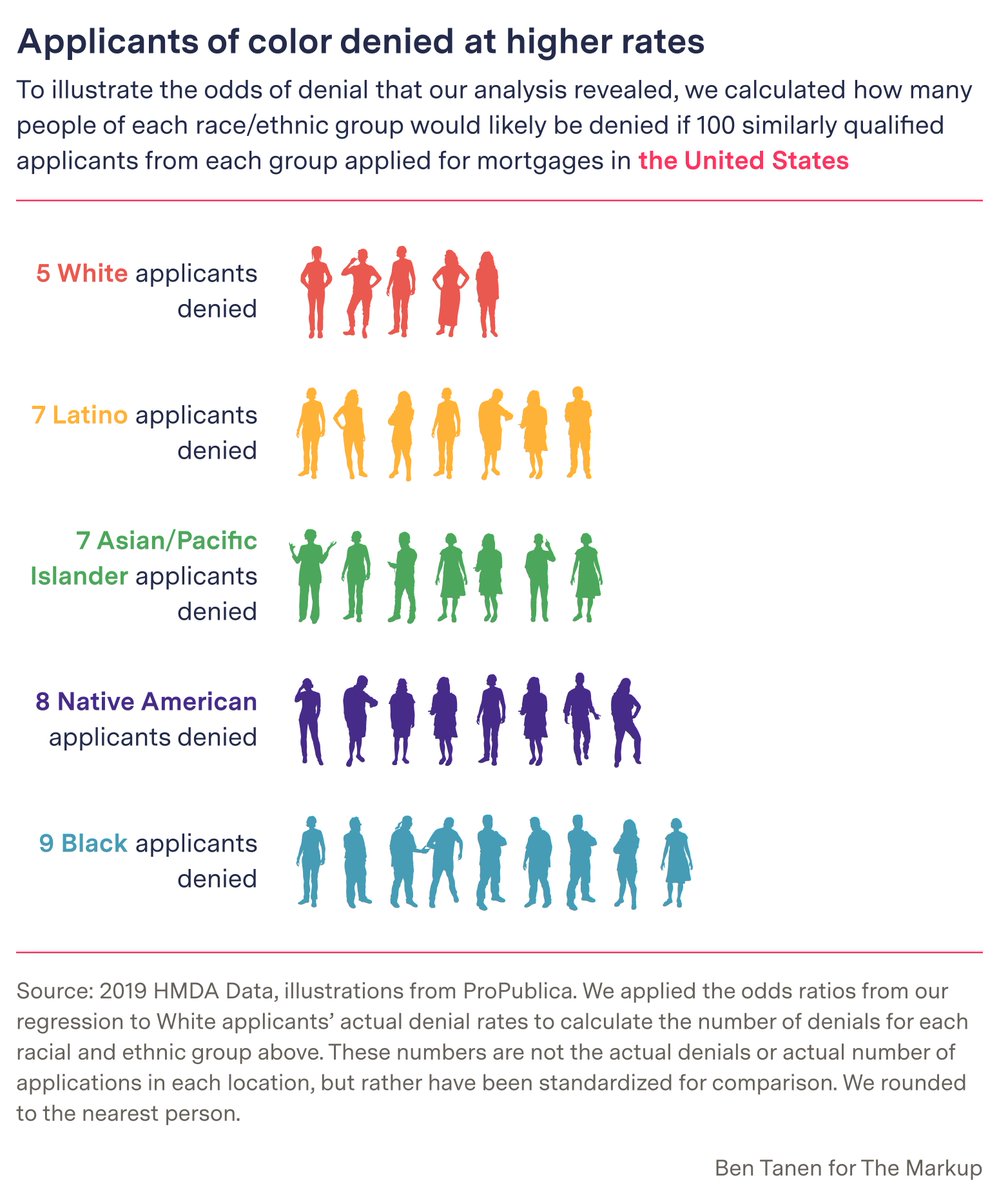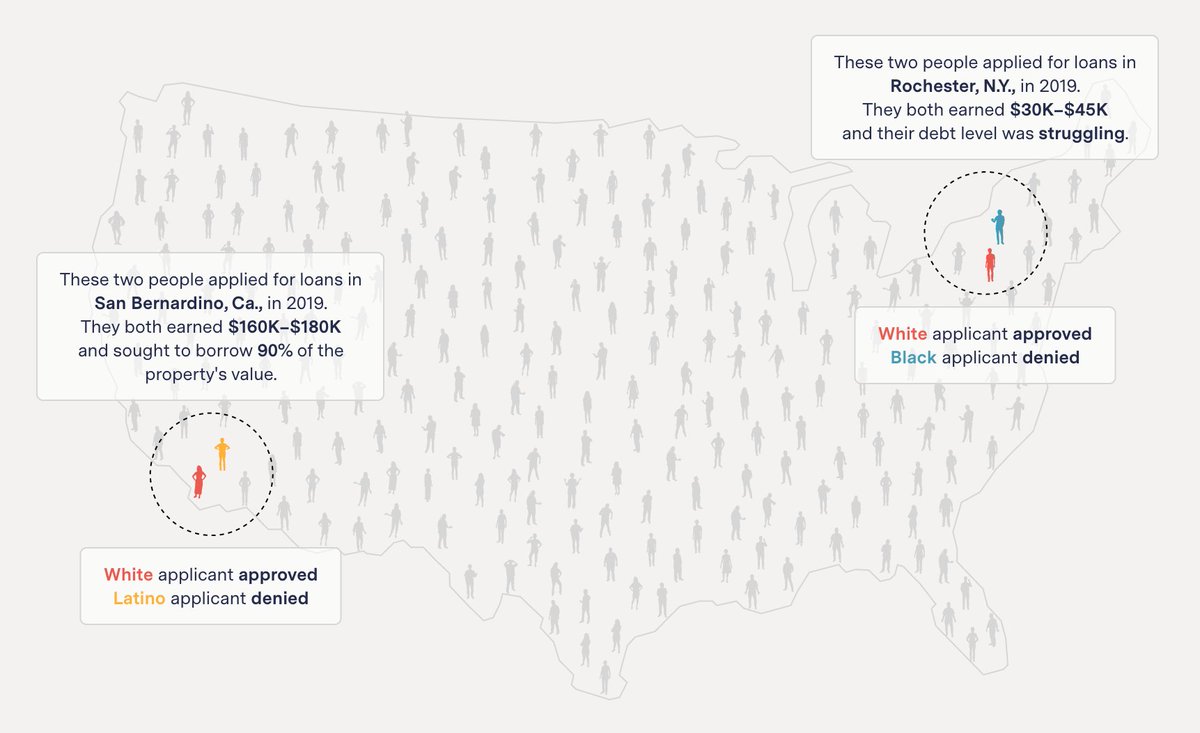
Our colleagues at Germany’s @SZ used Citizen Browser data to uncover the messaging that made its way into voters’ news feeds during the country’s recent election cycle. getrevue.co/profile/citize…
They found voters of the far-right AfD party were more likely to see posts attacking issues like climate change, migration, and COVID-19 from their party leaders.
Meanwhile, voters from other parties were generally served coverage on those topics from established media outlets.
Meanwhile, voters from other parties were generally served coverage on those topics from established media outlets.
We’re thrilled that our tools are being used to reveal how polarization on Facebook is playing out beyond the United States.
If you want to dig deeper into the data and see some examples, check out @SZ’s report. projekte.sueddeutsche.de/artikel/politi…
If you want to dig deeper into the data and see some examples, check out @SZ’s report. projekte.sueddeutsche.de/artikel/politi…
Then listen to our conversation with @bbbrille, @munichrocker, and more on YouTube.
• • •
Missing some Tweet in this thread? You can try to
force a refresh






